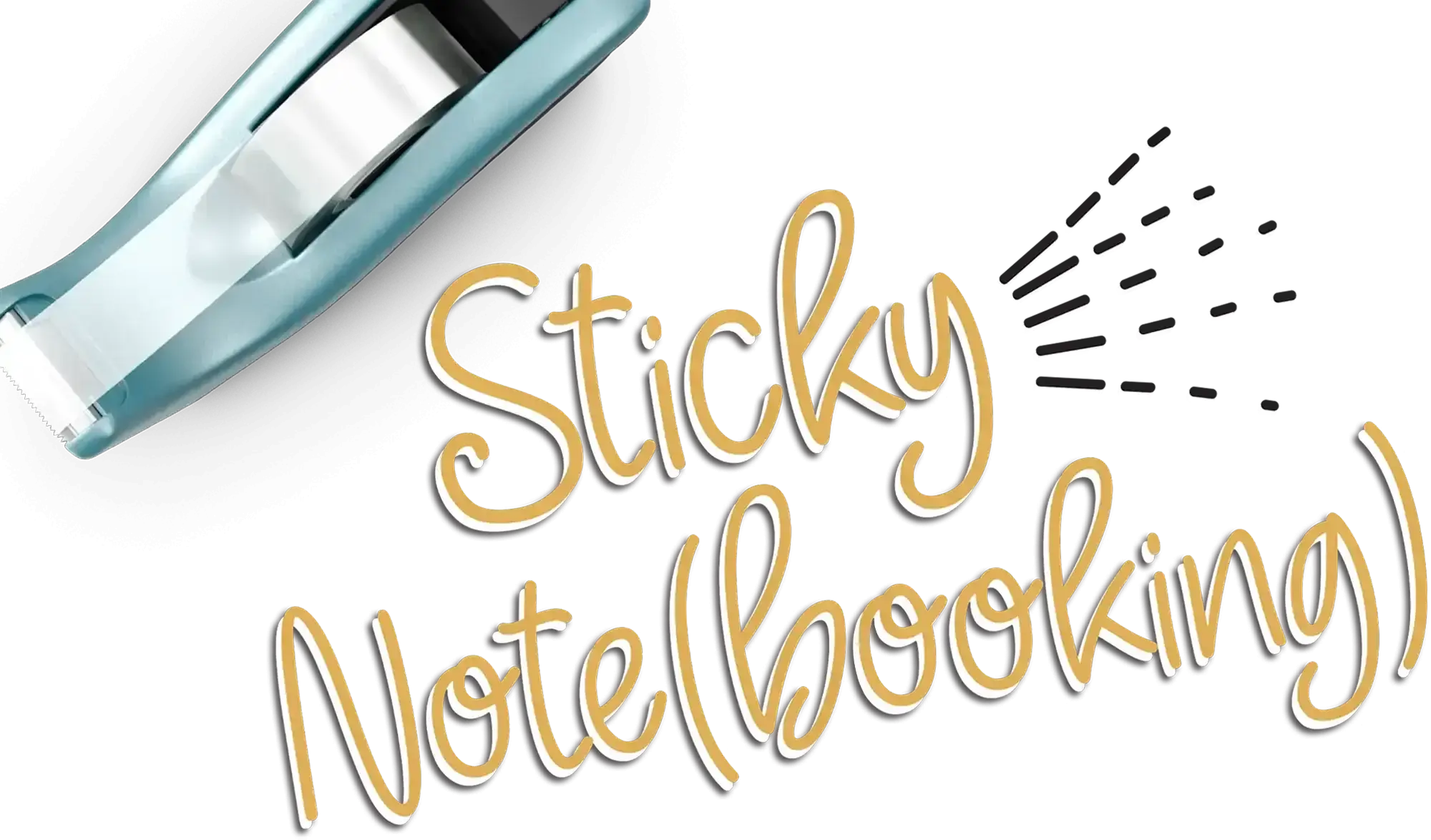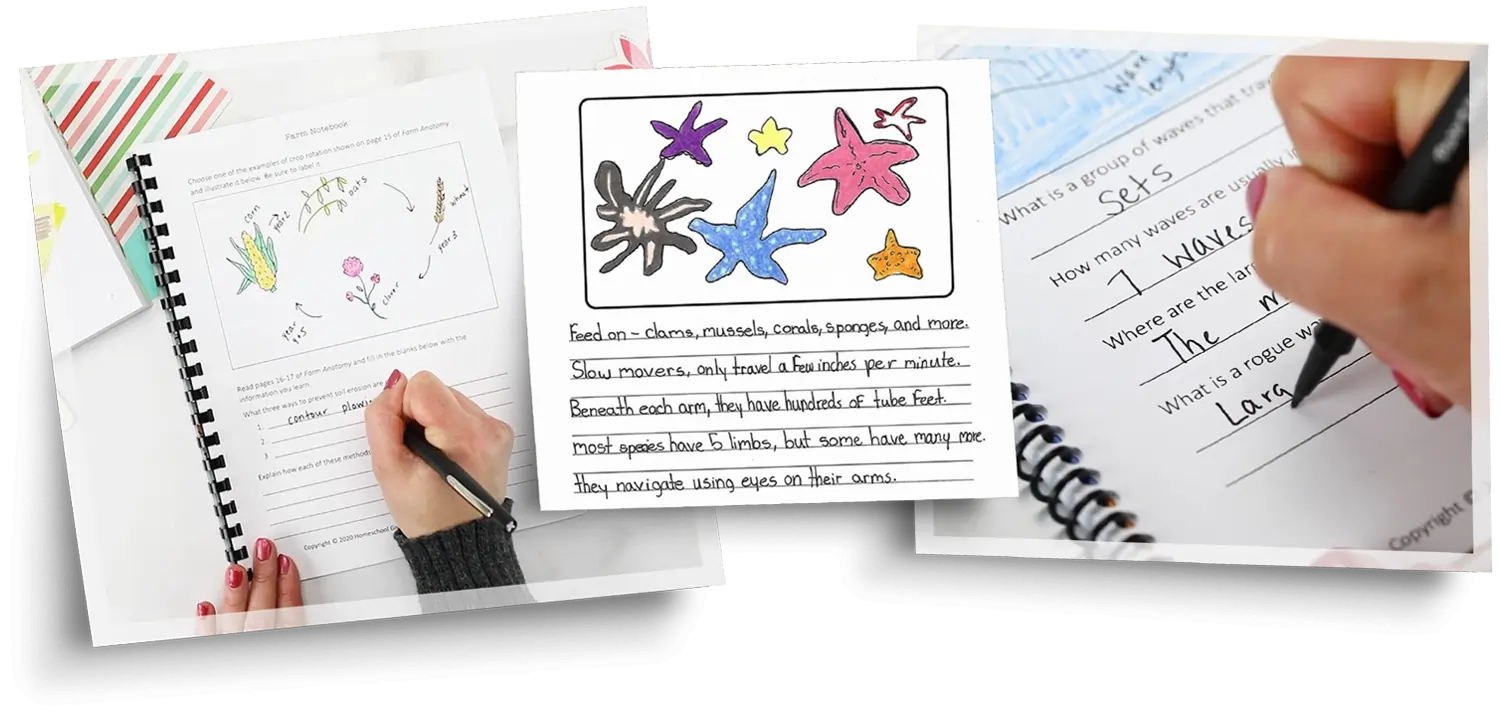
Carrie Fernandez



She shares how this easy-to-use, flexible tool breathes creativity and life into the way your kids do school.

Frequently Asked Questions About Notebooking
f you are new to the concept of notebooking as a way to homeschool, you probably have questions. Let’s look at some common questions about notebooking. I think you’ll agree, it’s an easy, flexible tool your children will love!

What is Notebooking?
- Works for students in all grades, even high school
- Can be used with one child or several
- Adaptable. If your children don’t like to draw, for example, they can print pictures to cut out and paste in their notebooks.
- Flexible, fun, and the opposite of busy work
It’s often the answer for students who are bored with textbooks and worksheets.

The options for what kind of notebook page you can give them are almost endless. You can give them a blank sheet of notebook paper, a blank template, a printable notebook page, or a page from a Notebook Companion™ they can use.
Unit studies and notebooking are a great match! You can read some wonderful books together as a family and then let your children’s creativity soar as they document what they learned. You will be amazed at how their notebooks give you precious glimpses into your children’s imagination.
When we use resources such as Notebook Companions™, we generally get them spiral-bound because we don’t usually need to add additional pages. All the templates are provided for you.
“Because one of the benefits of notebooking is allowing your children to pour their personalities and creativity into creating the journal, there’s no right or wrong way.”

What Types of Things Do I Add to a Notebooking Journal?
If you’re wondering what sorts of ways you can customize your children’s notebooking journal, the possibilities are endless. If you’re using a ringed binder, here are some of the types of pages you may want to insert:
- written narration
- artwork: drawings, paintings, collages, etc.
- maps: Bible maps, historical maps, geographical maps, etc.
- timelines
- field trip notes, pictures, and brochures
- creative writing assignments and poetry
- graphic organizers
- magazine clippings
- paper crafts
- book reports or essays; research papers (as they get older)
- copywork
- vocabulary journal pages
- charts and diagrams
- photographs
- and more!
Envision a completely customizable and uniquely creative scrapbook, and you’re on your way! You can add whatever types of pages you’d like, and you can add as many pages as you like. There are no limits!
How Do I Grade a Notebook Page?
If you’re wondering about grading or correcting a notebook page, my suggestion is don’t do it. It’s not a formal essay or research paper, and marking it up with a red pen will discourage your students. You want to encourage them to learn as much as possible, record what they discover, and HAVE FUN! There are more than enough papers and writing assignments to be graded when you work on composition and grammar lessons.


